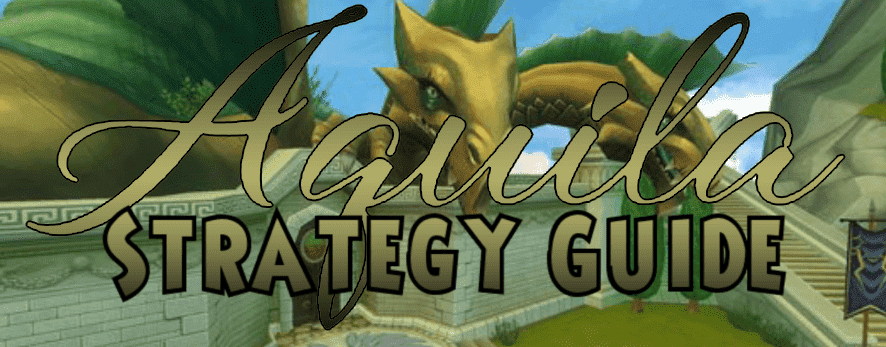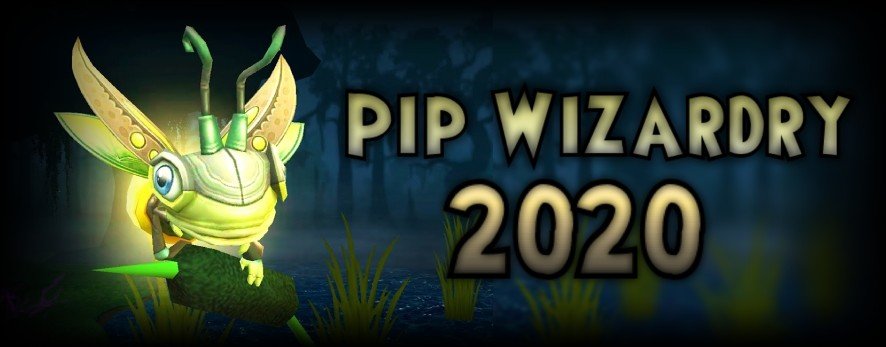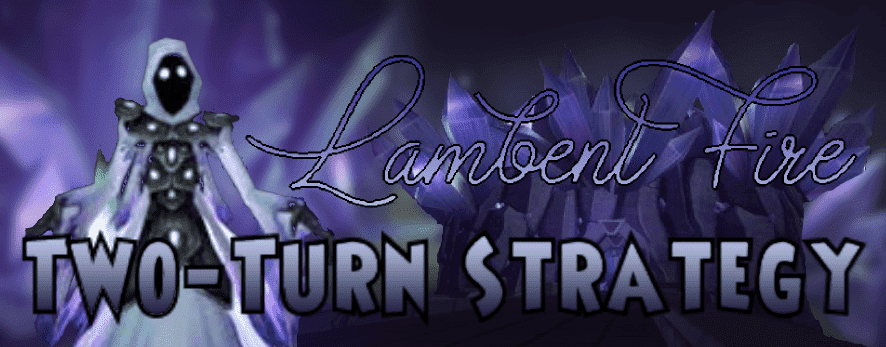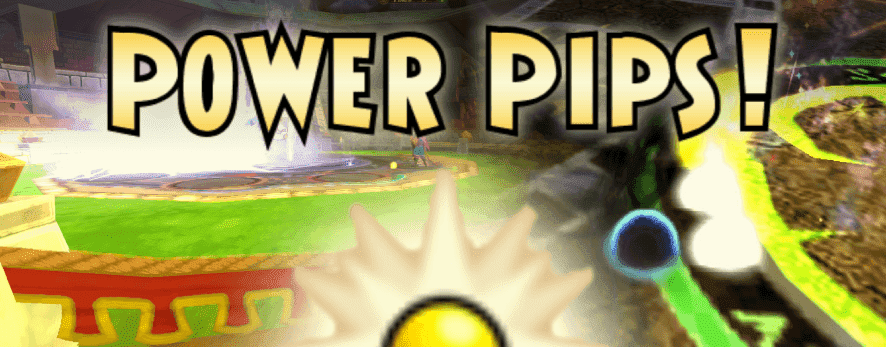Tag: Pips
-

Mount Olympus Strategy Guide
•
When you reach level 30, Cyrus Drake will invite you to the Quest for Glory, your ticket to Mount Olympus. The quest will send you to Cyclops Lane, where you will discover something unique. Hiding in the back of the park is a golden chariot to Aquila. There, you will…
-

Pip Wizardry 2020
•
Pip Wizardry 2020! Hello Wizards, this is Nathan Shadowbringer here to help you calculate the actual damage of spells per pip! This article will be updated if spell changes happen down the line. Eventually, I plan for this list to include even Loremaster and crafted spells. We will start with the highest…
-

Lambent Fire: 2 Turn Farming Strategy
•
Lambent Fire Lambent Fire is a Stone Skeleton Key Boss that is found in Crystal Caves – Avalon. He drops the Burning Rampage spell, which is highly sought-after by many fire wizards. Unfortunately, his cheats work conveniently well to make the battle harder specifically for fire. Main Cheats & Common…
-

Power Pips
•
Power pips are a special feature within the game and with good reason. A wizard has a base chance of getting a power pip, starting at level ten. This chance goes up by one percent every level until you reach level fifty, where it is maxed at 40%. Power pip chance can…